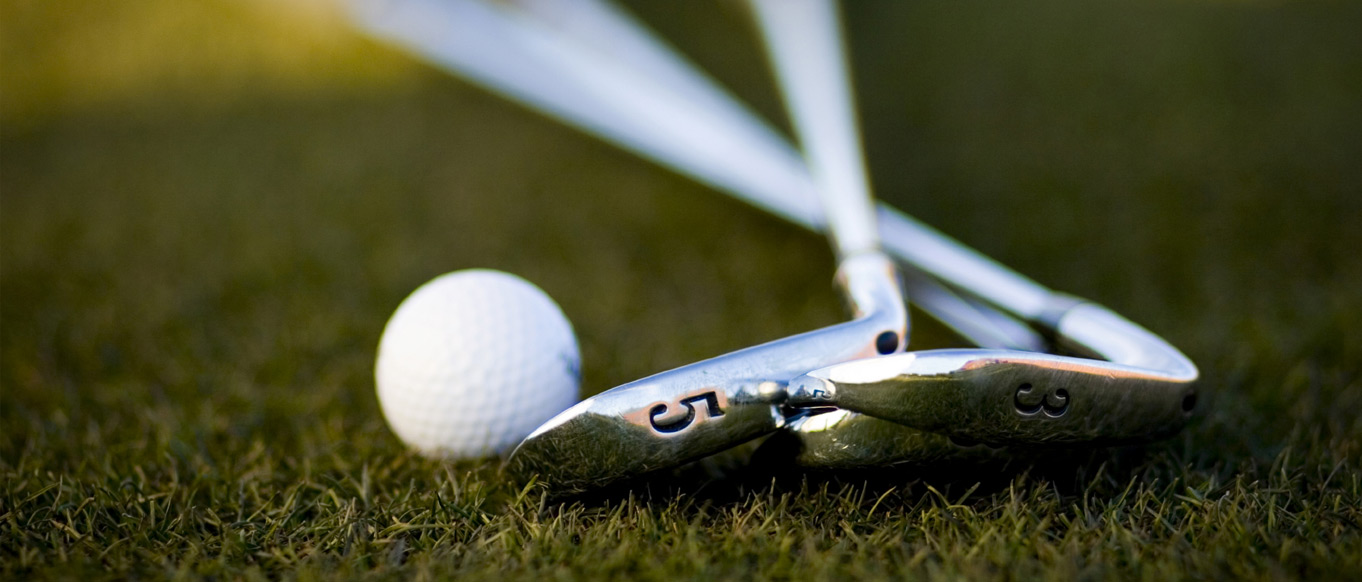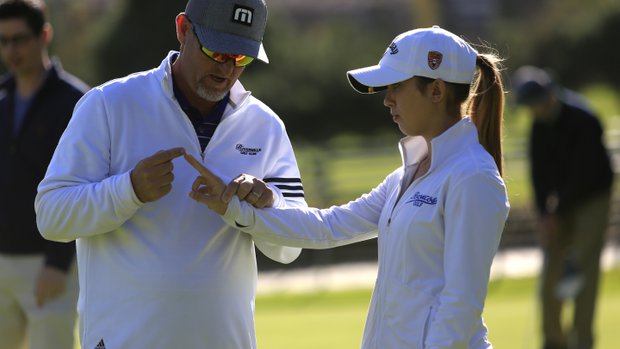
Beat the heat. Stay hydrated. Stay cool. Play well in the heat.
I am not a doctor, nor do I play one on television. I do however play a lot of golf in the heat and I have quite a few friends that do as well. Take some advice from a few seasoned veterans playing golf in the heat.
Disclaimer:
The information provided on this site is intended for your general knowledge only and is not a substitute for professional medical advice or treatment for specific medical conditions. You should not use this information to diagnose or treat a health problem or disease without consulting with a qualified healthcare provider. Please consult your healthcare provider with any questions or concerns you may have regarding your condition.
A strategy from one of our members gbplay10s on dealing with the heat.

The strategy of walking a golf course should be no different than a hike. First the elements need to be addressed (hot, cold, wind and any combination of them.) Second, proper equipment for the conditions. If you you carry a bag, then all 14 clubs might not be recommended. If the opportunity to reload is there at the end of 9, then don’t carry four sleeves, etc. Hydration and nutrition are required if you are out for 4+ hours. Energy bards, bananas, water, sports drinks, etc. Think high value, light weight. If you walk but use a push/pull cart then thins are a bit easier, and you might get away with all the gear that can possibly fit in your bag.
The pace of your walk is really what is the ‘strategy’ of walking. For each shot, you can think of a Fast-medium-slow approach to the next shot. Off the tee box, walk briskly to about 2/3 the way to the next shot. For the next 1/3, walk medium speed for the first 2/3 of the distance, and then slow it down for the rest of the way. (eg 300 yard walk= 200 yard fast, 70 yard medium 30 yard slow.) At each stage, your focus is on different aspects of the next shot. Long ways away, think general area to land, what hazards are there. Middle, start thinking shot nuances, outs, where you want to avoid and therefore your actual target area. Near the ball, actual club and distance. By the time you are at the ball, you are calm, your heart rate has slowed and you are fully recovered from the past walk.
Hit the ball –
Start the process over.
Another tip from GK Member GDR23:
1. Gatorade and water couple hours before the round , during round and after round. Eat and have something in your system as you could be out on the course for 5+ hours.
2. Stay in the shade if possible when you are not hitting.
3. Ready golf if everybody in your group agrees.
4. Watch everybody’s shots as much as possible within your group especially places like Olivas Links where there is tall rough.
5. Dump all the extra golf balls, empty water bottles and junk out of your bag so that it is as light as possible.
6. Try and leave your bag at strategic places if you can for the next hole and only carry the clubs you need to play out your current hole. Have one man in your group that is not playing or already finished ready to place the flag in when the last guy is putting. Don’t be afraid to rake some one else’s bunker shot if you are done. As a walker stay clear of another players line of sight to the hole. Stay still on the tee box and putting green and away from the players intended line of view. When you approach a green try and leave your bag close to the next tee box.
7. Don’t be afraid to let a group play through if you feel it would speed up play or if your group is not keeping up (even if you play quick).
8. Keep up the pace and walk to your ball as fast as your body will allow you. But take the time to go through your routine and do not let anyone rush your game.
9. Play in the early morning or if you can twilight to avoid the hottest parts of the day.
10. Try and guesstimate (if that’s a word) if you can your yardage, wind, pin placements just prior to getting to your ball. If you have a walker’s pin sheet this should give you the pin placement, you have been playing the course so you should know what the wind is doing. Be looking for sprinkler heads and yardage markers on the side of the fairways as you are approaching your ball.
11. Do not mark tap-in’s or one footers just knock them in to speed up play.
12. Know when it is your turn to putt, play, etc. – be ready, have your head up.
13. Most importantly always shake hands, have a smile on your face and make your playing partners feel comfortable.
GK Member kurator62 offers another solution:
been playing desert willow ,great summer program,start at 6:15 and finish by 10:00. perfect conditons
And other assorted suggestions:
Bring a towel, wet it and keep it around your neck. I like to freeze mine. It should help reduce your body temp a few degrees.
Stay in the Shade. Play shade golf. The sun tends to zap what strength you have.
Refrain from drinking a lot in a short time. Smaller sips more frequently will fit the bill. If you feel dehydrated it’s already too late.
Proper head gear is always a must in the sun.
Frozen bottles of water are the bomb!!!!
Stay cool my friends. Enjoy your round with tips from your friends at Greenskeeper.org.











 Sample Day to Go Coconuts!
Sample Day to Go Coconuts!














